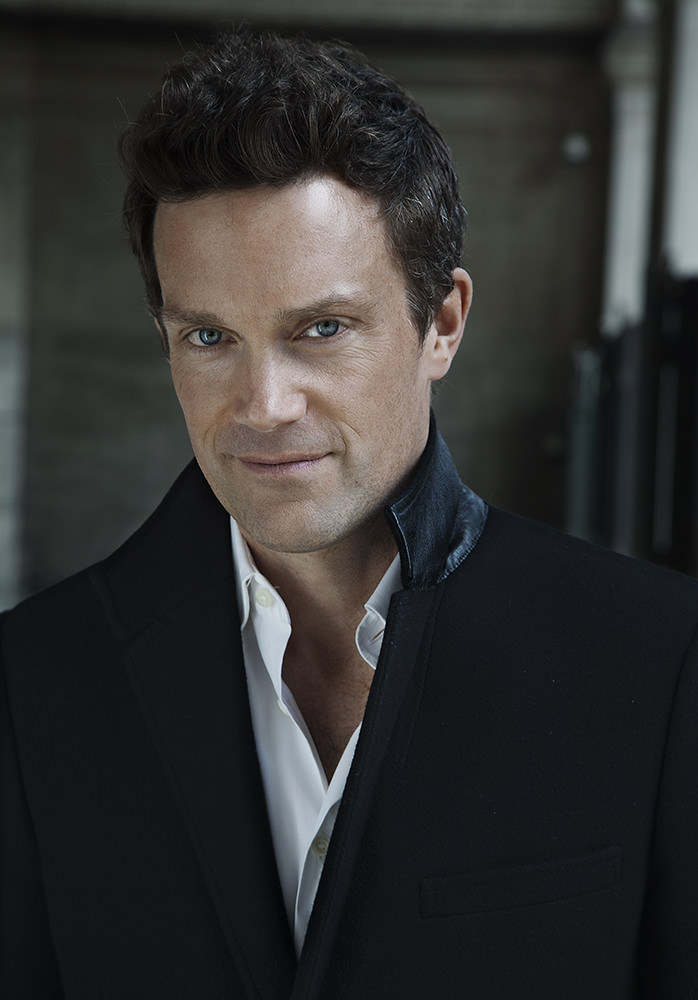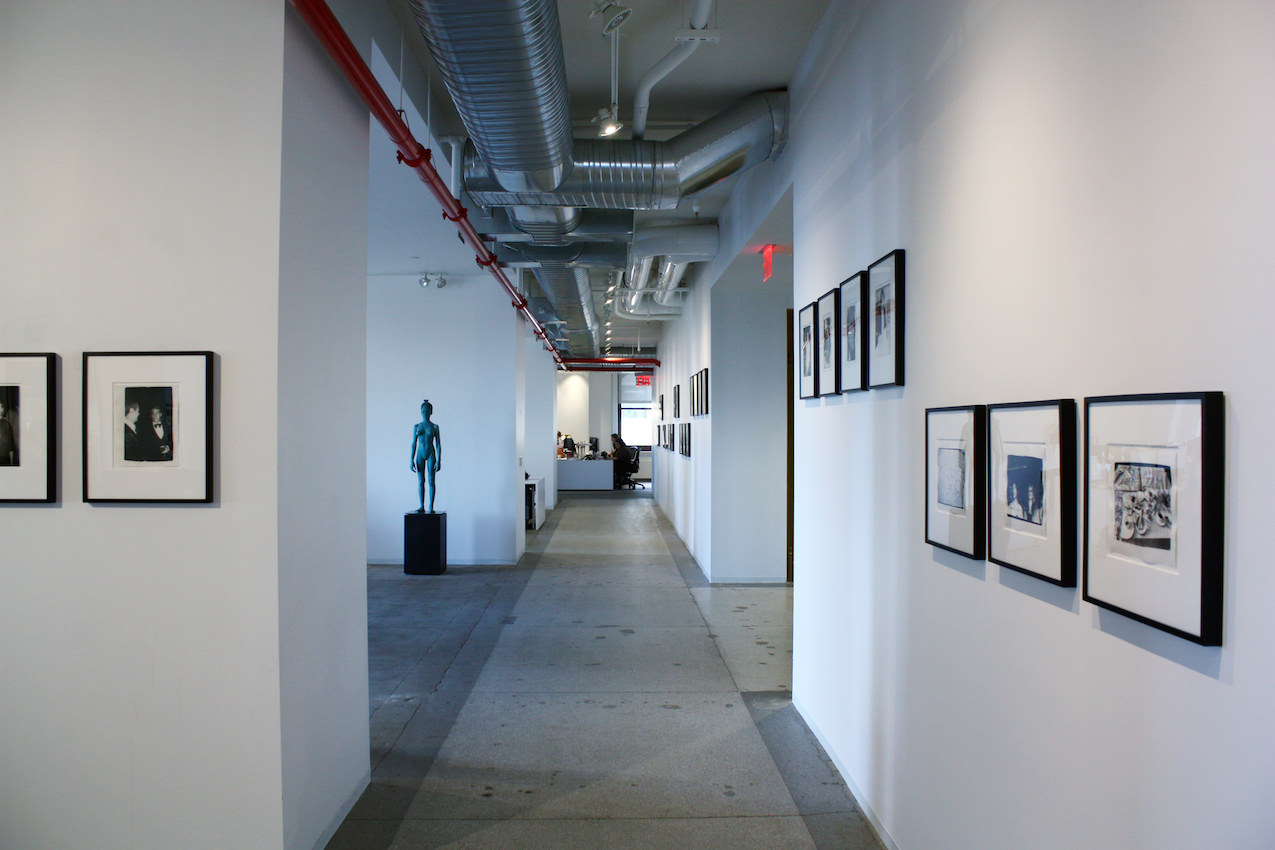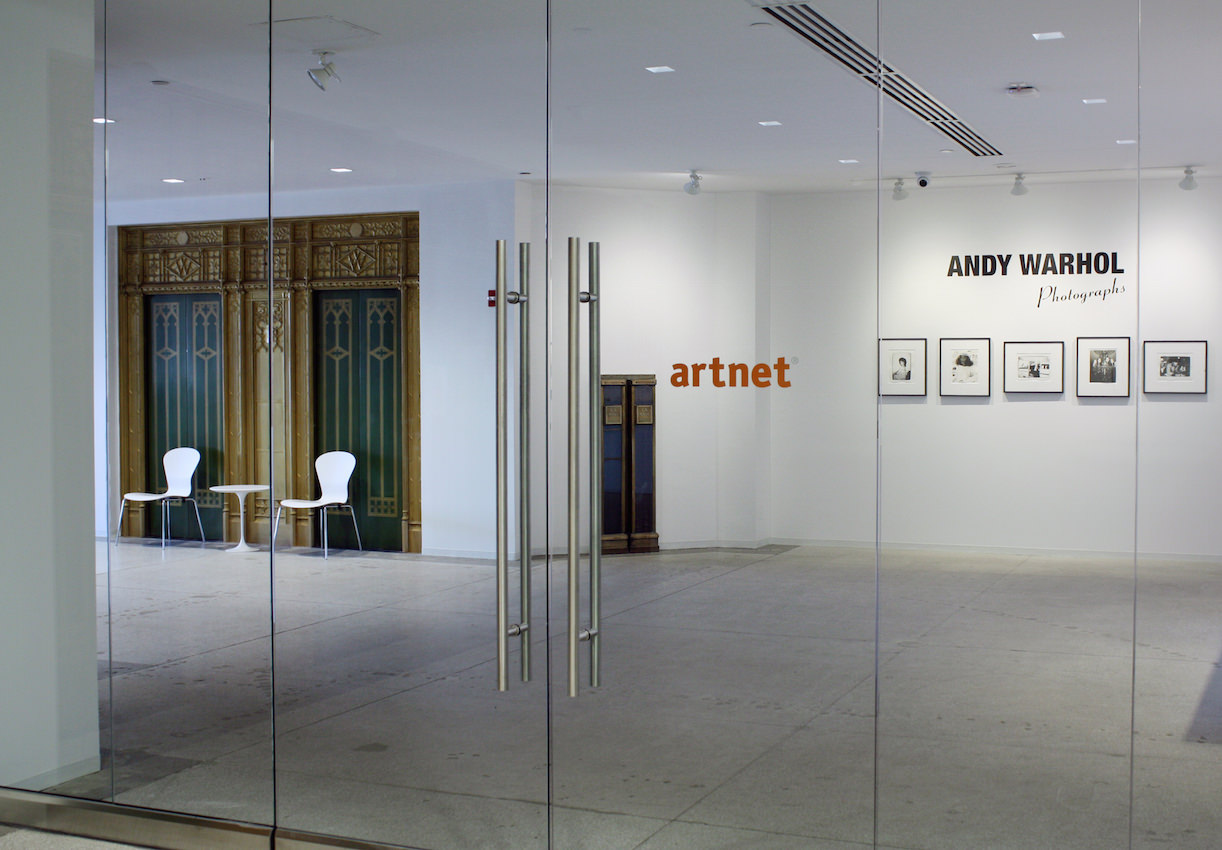Whitewall talks to Artnet CEO Jacob Pabst about his plans to expand the site’s auction service, brining in more experts and journalists.
WHITEWALL: You have been long involved with Artnet, since 2000 before becoming CEO in 2012. Can you explain what you were responsible for and the challenges you encountered during that period?

Photo by Steve Benisty
JACOB PABST: I started working for Artnet when I was in grad school studying economics in Berlin: eBay had become very big in Germany, and it so happened that my family founded this great company that was Artnet, and I was fortunate to be involved at all levels. But it really started with me doing sales. It was really pioneer work. I remember walking from gallery to gallery and most of them didn’t have a website, some didn’t even have Internet access, so they didn’t really understand how Artnet could be of use to them.
WW: Did you have any idea what Artnet could potentially be?

Courtesy of Artnet
JP: Absolutely! It was always very clear. All the market participants over the years realized how great a tool it is and how beneficial transparency and more information is to everyone in the market. And the market, as you can see, really grew tremendously over the years.
WW: What would you say to a purist who believes one has to go to the auction house and see a piece physically before buying it?

Courtesy of Artnet
JP: Different things. I can say that there are certain types of pieces that you probably want to see in person before you buy, but for a large portion of the art market—probably the biggest portion of the art market—that’s not necessary. Overall, it depends on what market you’re talking about. There’s a big difference between primary and secondary market. In the primary market we don’t cover that much and I think that would be difficult; it’s more a project we have for the long-term. But for the secondary market, most artists are very well known, and most people already don’t even show up at the auction; they just know the artist. And then it’s just a question of “Where does it come from? Is the quality all right? Is the condition okay?” You can get a pretty good impression online.
WW: When you became CEO in 2012 you stopped Artnet Magazine to then launch Artnet News in 2014. Can you explain this U-turn?
JP: It wasn’t a U-turn at all. The Artnet Magazine was a very different product. It was essentially a weekly magazine. We published between three and seven articles a week. They were much longer and mostly reviews of art shows. Artnet News is a very different product; it is really the first online news wire in the sector: We tell people every day what’s happening in the market. The articles are shorter, around twenty to thirty pieces are published a day, and it’s worldwide. I was always very much convinced that the right form of content is very powerful and absolutely necessary for art as a product, and Artnet News is the perfect fit. Our success proves that we were right. Within three months we doubled our traffic.
WW: You are bringing a lot of changes to Artnet: You’re expanding the online auction service, bringing in more experts, more journalists. Can you describe the nature of these changes and why you’re making them?
JP: It’s a continuous process to make our website a better product, all components of it. We already talked about Artnet News, but Artnet Auctions is going to be a big focus. It has the biggest potential. The year 1989 disrupted the art market with the database by introducing price transparency, and in a way we’re at that same position right now with online transactions. The advantages are just too great. We can operate at a cheaper cost and at a faster pace than auction houses. Most hold auctions twice a year because of the high cost structure. Tell me in which market do you have to wait five months to get your money and have to pay 40 percent transaction fees? This is the main reason why we think a big portion of the art market is going to move online.
It’s also about timing. If you take the luxury market a few years ago, it was really not that common for people to buy expensive watches and high-end fashion online, whereas now everyone is very confortable doing it. I think for the art market the time has come.
This article is published in Whitewall‘s summer 2016 Design Issue.








